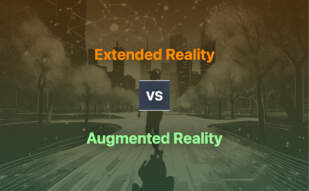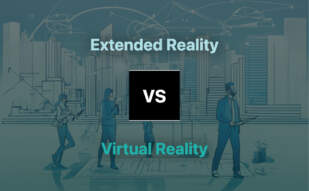Extended Reality (XR) and Mixed Reality (MR) differ primarily in their range of immersive experiences. XR, a broader term, encapsulates VR, AR, and MR, offering versatile uses across industries. MR, however, offers in-depth interactivity between digital and physical realms, making it ideal for specific sectors like healthcare or architecture.
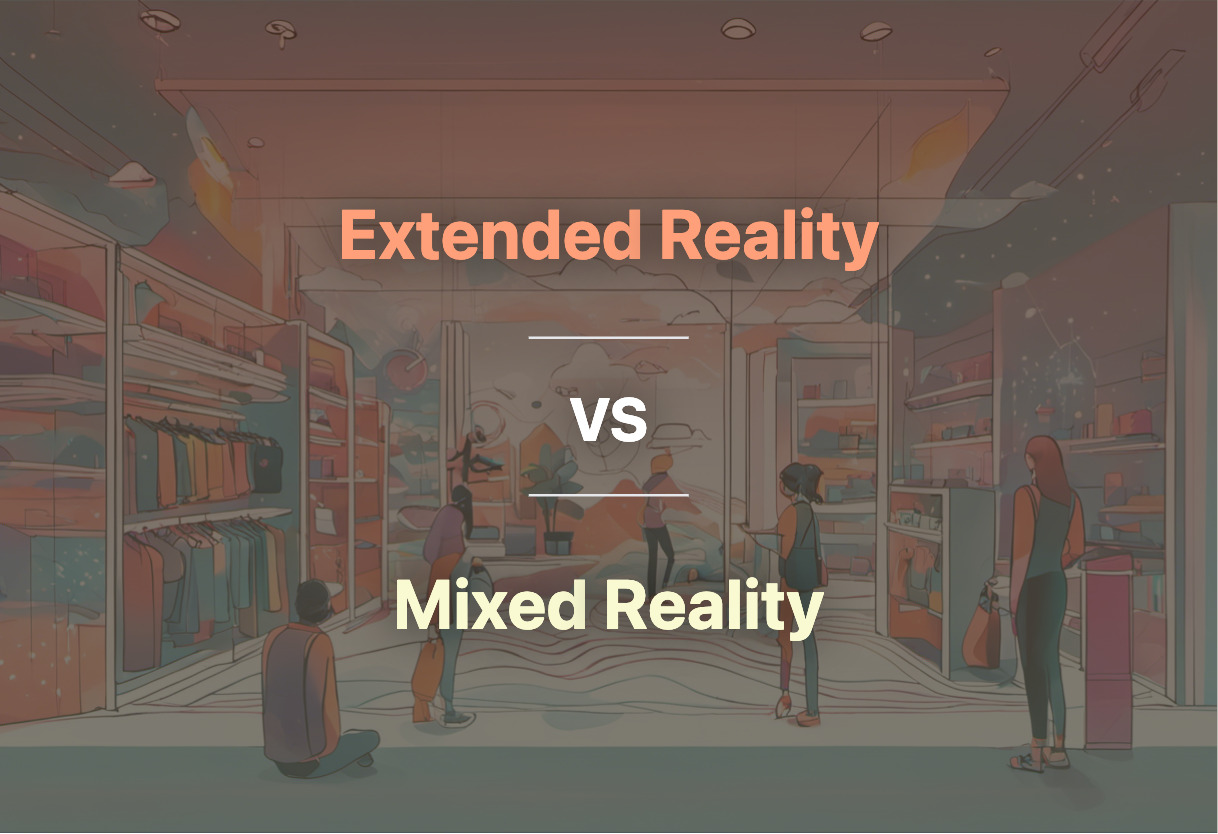
Key Differences Between Extended Reality and Mixed Reality
- Scope: XR includes VR, AR, and MR while MR is a subset of XR.
- Integrations: XR integrates with the creative economy on a larger scale, MR predominantly benefits healthcare, architecture, and entertainment sectors.
- Devices: XR delivered via various devices like VR headsets, MR mainly utilizes devices like Microsoft HoloLens and Samsung HMD Odyssey+.
- Interactivity: XR provides digital overlays on physical environments, MR allows full interaction with digital elements superimposed on real world.
| Comparison | Extended Reality | Mixed Reality |
|---|---|---|
| Origins | XRs’ origins date back to the 1800s with the concept of “stereopsis or binocular vision” by Sir Charles Wheatstone | Introduced 1994 by Paul Milgram and Fumio Kishino |
| Applications | Use in gaming, education, healthcare, etc | Use in healthcare training, architecture visualization, immersive gaming, storytelling, etc |
| Devices | AR/VR headsets | Holographic and Immersive VR devices like Microsoft HoloLens and Samsung HMD Odyssey+ |
| Estimated Future Worth | Spending on XR to reach $18.8 billion in 2020 | MR global industry to reach $1.2 – 6.9 billion by 2024 |
| Key Implementation Sectors | Military, healthcare, education used for optimization, efficiency, and simplification | Employed in healthcare, architecture, entertainment, aircraft industry for repair technician training, construction sector, etc |
| Challenges | High costs, user comfort, content development, interoperability, privacy, ethical considerations and data privacy | Will bring ethical, social, and privacy concerns |
| Future Course | XR industry fuelled by continuous growth of the semiconductor and photonics market with Apple’s entry speculated to be significant | MR edges towards becoming more accessible via smartphones, tablets, smart eyeglasses and set to change human-computer interaction (HCI) |
What Is Extended Reality (XR) and Who’s It For?
Extended Reality (XR) is a comprehensive term enveloping augmented, virtual, and mixed reality technologies. XR’s lineage dates back to the 1800s with Sir Charles Wheatstone’s concept of “stereopsis or binocular vision,” and its applications now range across industries such as gaming, education, and healthcare. This transformative technology, expected to involve spending of $18.8 billion in 2020, is for various industry players, tech enthusiasts, educational institutions, and consumers seeking immersive experiences.
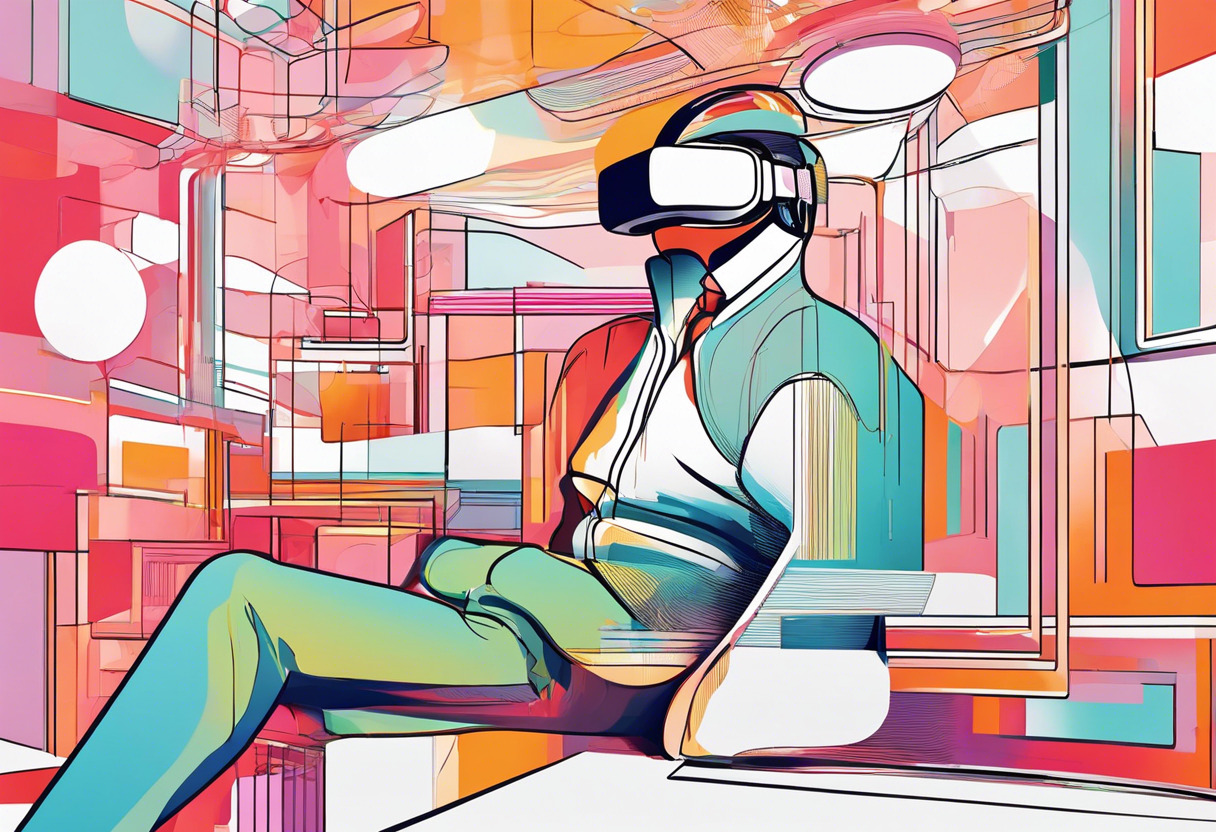
Pros of Extended Reality (XR)
- Application potential across different sectors
- Promotes immersive learning and experience
- Increases efficiency and process optimization
Cons of Extended Reality (XR)
- High acquisition and implementation costs
- User comfort and adaptability challenges
- Privacy and ethical considerations
What Is Mixed Reality (MR) and Who’s It For?
Mixed Reality (MR), introduced in 1994 by Paul Milgram and Fumio Kishino, bridges the gap between physical and digital worlds. It paves the way for natural, intuitive 3D human-computer-environment interactions, transforming applications such as healthcare, architecture, gaming, and storytelling. MR, forecasted to become a $1.2 – 6.9 billion global industry by 2024, is for tech aficionados, enterprises seeking innovative solutions, and consumers interested in enhanced interactive experiences.

Pros of Mixed Reality (MR)
- Improves training efficiency in various sectors
- Redefines human computer interaction
- Enables real-time data access
Cons of Mixed Reality (MR)
- Current dependency on specialized devices
- High implementation and maintenance cost
- Potential ethical, social, and privacy concerns
Extended Reality vs Mixed Reality: Pricing
The cost of XR and MR technologies can vary considerably, with XR reaching predicted spending of $18.8 billion in 2020, while MR technology is currently priced between $300 to $3,000 per device, and is expected to become a $1.2 – $6.9 billion global industry by 2024.
Extended Reality
As a leading-edge technology encompassing VR, AR, and MR, Extended Reality (XR) has seen vast and varied investment across industries. As a whole, the estimated spending on XR products and services is predicted to have reached $18.8 billion in 2020. This valuation reflects a broad range of costs associated with the development and implementation of XR technologies, including high-end XR systems within the healthcare, military, and education sectors. Despite high costs being one of the key challenges in XR deployment, businesses such as Ford, DHL, and Boeing have recognized the benefits of XR technology, further fueling continued investments.
Mixed Reality
Mixed Reality (MR) integrates physical and digital elements to create natural 3D interactions between humans, computers, and environments. The pricing of MR technologies currently ranges from $300 to $3000 depending on the hardware in use, with popular devices like Microsoft’s HoloLens and Samsung’s HMD Odyssey+ falling in this range. As a testament to its increasing relevance and value, the MR global industry may reach between $1.2 and $6.9 billion by 2024. This projection covers a broad economic spectrum that spans personal, commercial, and enterprise-related use.
Extended Reality vs Mixed Reality: Which One Wins?
Given contrasting features in Extended Reality (XR) and Mixed Reality (MR), let’s delve into their applicability in diverse realms:
Healthcare Professionals
XR triumphs over MR for its established use in medical training and procedure simulation. Pioneering surgical rehearsals and patient education, XR prescribes a dose of reality for the virtual world.

Developers and Tech Innovators
MR is a clear front-runner. Fireballs of innovation, like Microsoft and Samsung, propel MR forward with devices such as HoloLens and HMD Odyssey+. For originals creating immersive applications, MR is your elixir.
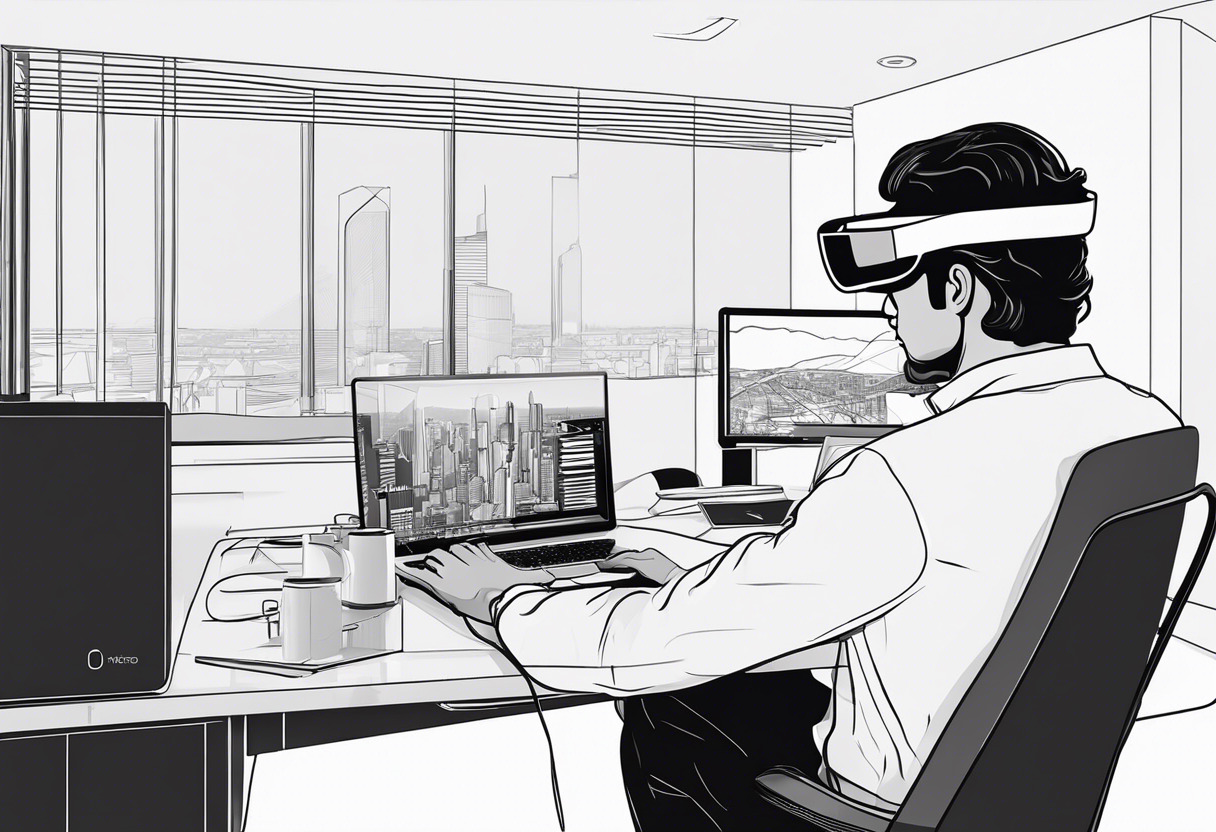
Education Sector
MR takes the podium here. MR’s interactivity between real-world and digital elements – through headsets, holographic projections or interactive virtual displays – boosts learning engagement and fortifies knowledge retention.

Corporate Decision Makers
Adopt XR; it’s a matter of practicality. With proven benefits across industries and unleashing potentials in B2B communications, XR provides a toolset for efficient workplaces and collaborative decisions.

Entertainment Enthusiasts
MR dominates, transforming the entertainment landscape. A top pick for immersive gaming and interactive storytelling, MR excels in blending digital and physical worlds, promising a full-throttle user experience.
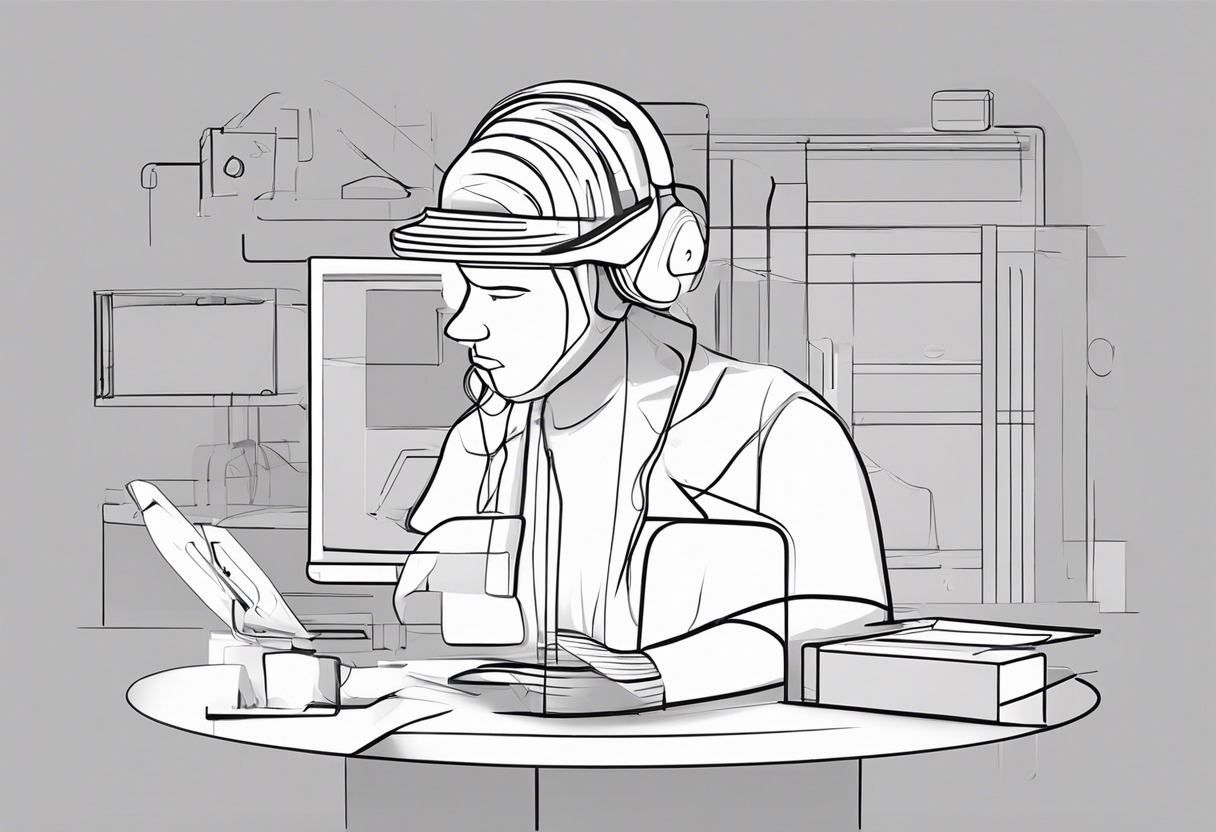
Choosing between XR and MR is contingent upon user needs. XR excels in domains like healthcare and business efficiency, whereas MR transforms education and entertainment landscapes. A conclusive winner? There isn’t one – innovation continues.
Patrick Daugherty
Content writer @ Aircada. Merging AR expertise with a love for late-night gaming sessions.



